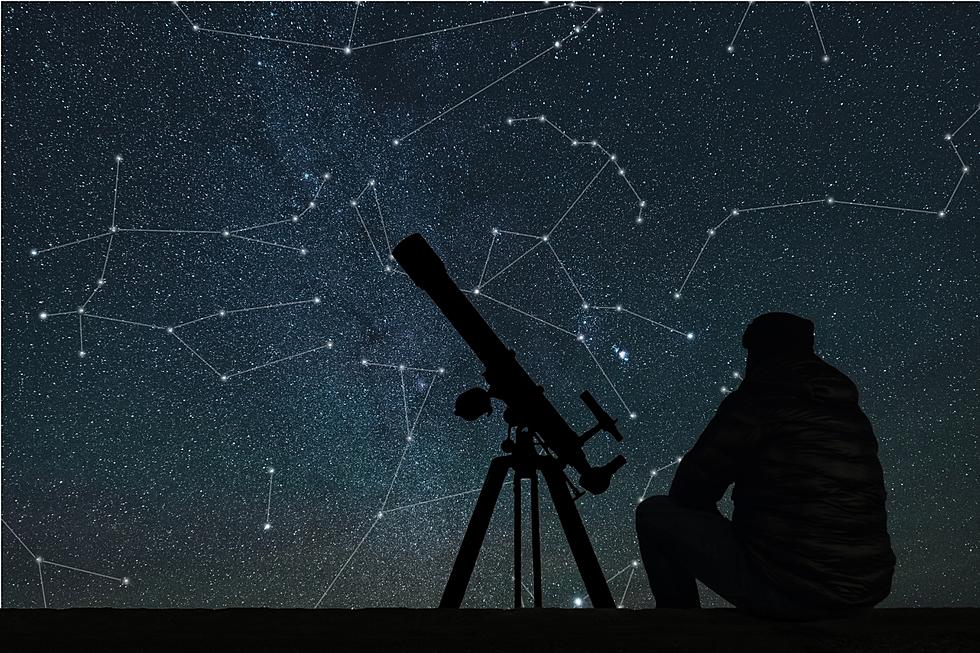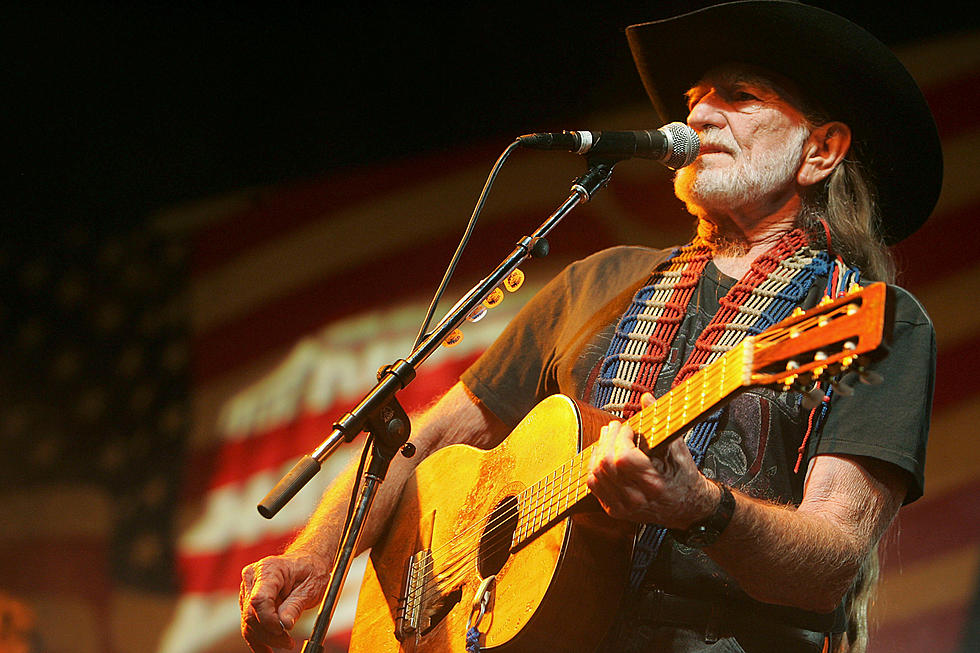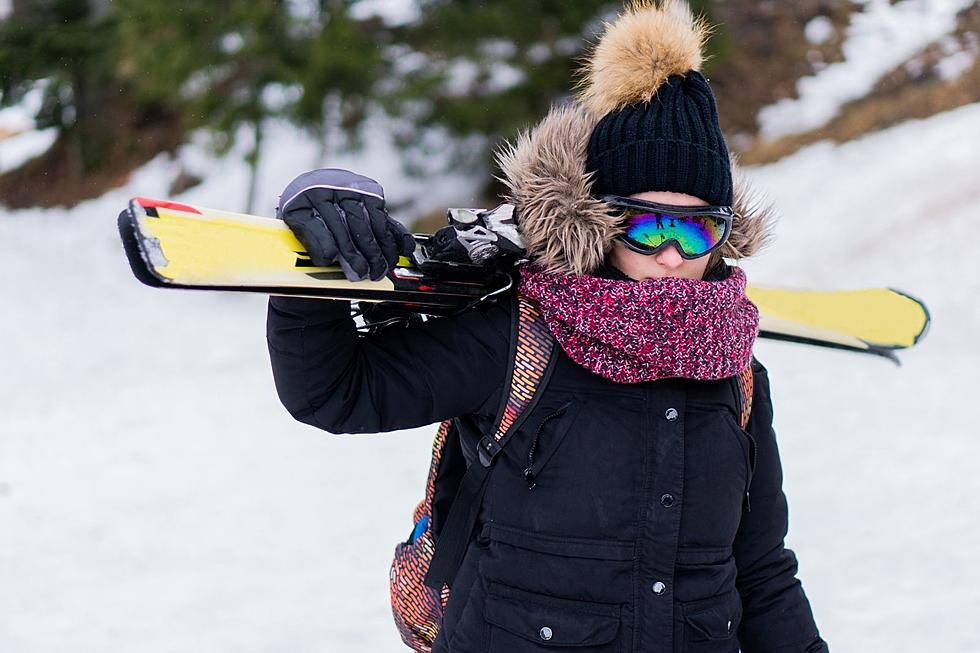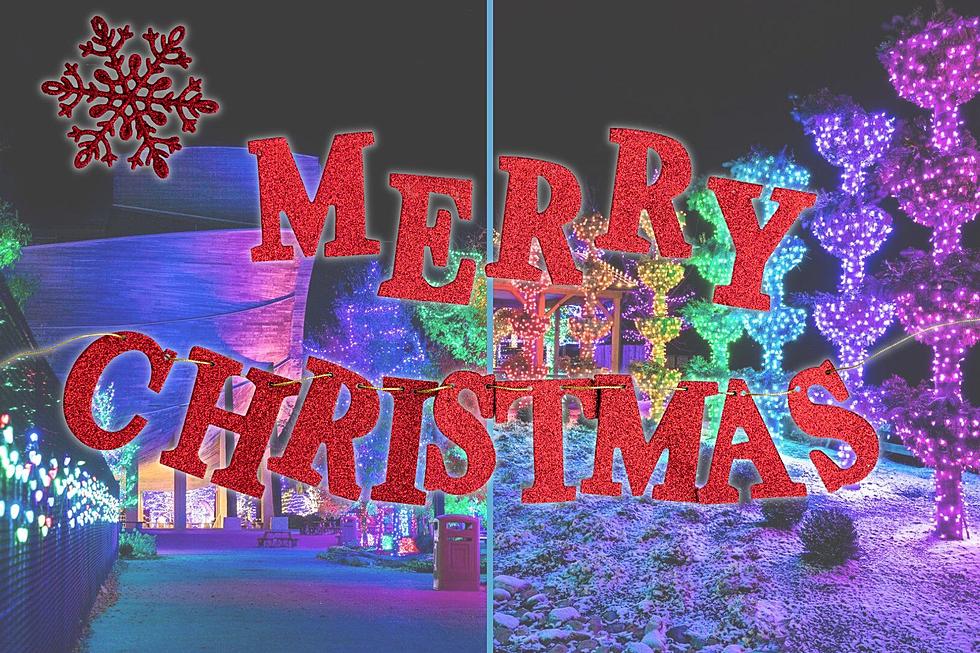
Have You Ever Seen Stars Form the Winter Hexagon? Here’s How to See it Over Indiana and Kentucky
The Winter Hexagon (or Winter Circle) is a stunning display of stars, and the Evansville Museum will help you find it.

The Winter Hexagon
The Winter Hexagon is also referred to as the Winter Circle and it's a really neat treat that the night sky gives us in the wintertime. The Winter Hexagon is a shape formed by some of the brightest stars in the sky. To be clear this is different from a constellation, and according to EarthSky, this is considered an asterism.
The Winter Hexagon – aka the Winter Circle – is a collection of some of the brightest stars in the Northern Hemisphere’s winter sky (Southern Hemisphere’s summer sky). To clarify, the Winter Hexagon isn’t a constellation. It’s an asterism, or prominent group of stars that form a noticeable pattern. In addition, the Winter Hexagon has a smaller asterism inside it, called the Winter Triangle.
How to Find the Winter Hexagon
What's interesting about this specific asterism is that it's most prominent from December to March, so this is the best time of year to look up to see it. What else is neat is all of the stars that form the Winter Hexagon are a part of different constellations. Nine Planets says that one of the easier ways to find the Winter Hexagon is to look for the Winter Triangle, which is formed between two of the stars that make up the Winter Hexagon and a star in the middle of the hexagon.
One way to find to Winter Hexagon is by locating the Winter Triangle, and though it is smaller, it is easier to find since it contains three of the ten brightest stars in the night sky.
There are different times throughout the months that are better to see the Winter Hexagon, and you can find the best times to view it from EarthSky, here.
See the Winter Hexagon Like a Pro
I love looking at the night sky and finding different constellations and planets, but I am nowhere near an expert, just someone who enjoys the beauty of the night sky. So if you need help finding the Winter Hexagon or want to learn how to spot it before heading out to see it on your own, the Evansville Museum of Arts, History, and Science is hosting a couple of special events at the planetarium to help you spot the Winter Hexagon for yourself.
Look to the skies tonight and spy the Winter Circle (also called the Winter Hexagon), fully visible around 10 PM. This asterism contains six bright stars and is visible overhead throughout much of the winter.Want some help finding the Winter Circle? Stop in to our Skies Over Evansville live planetarium show, Saturday and Sunday at 3:00 PM.
LOOK: The states with the most UFO sightings
Gallery Credit: Nicole Caldwell & Matt Albasi
More From WBKR-FM









